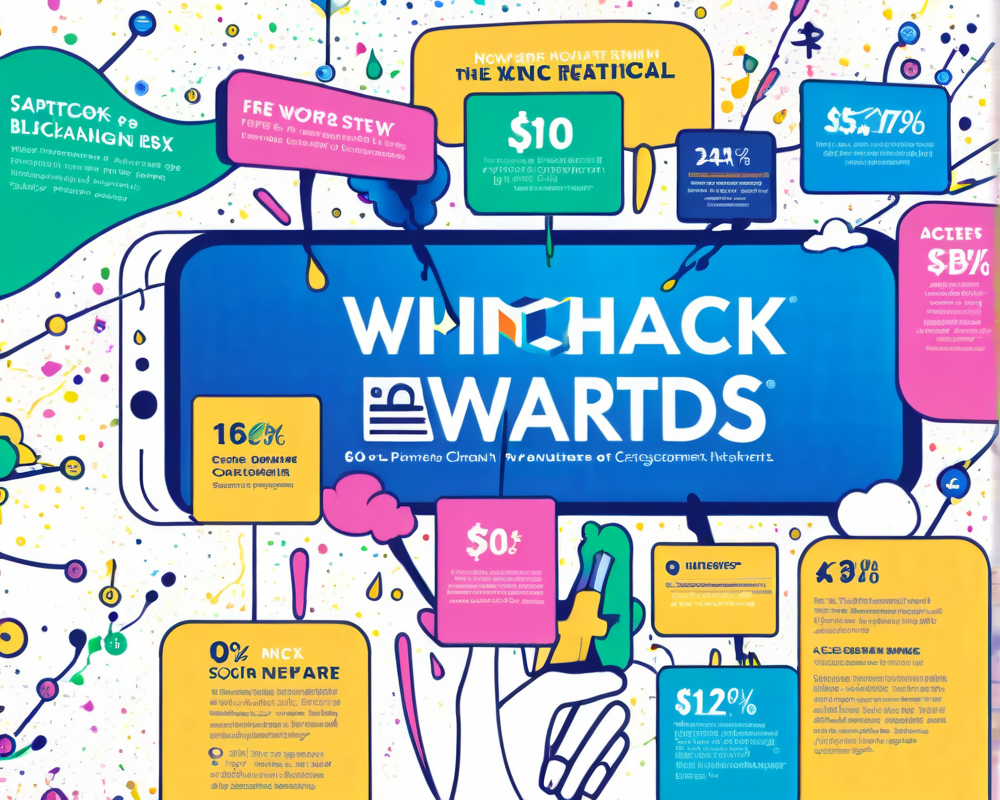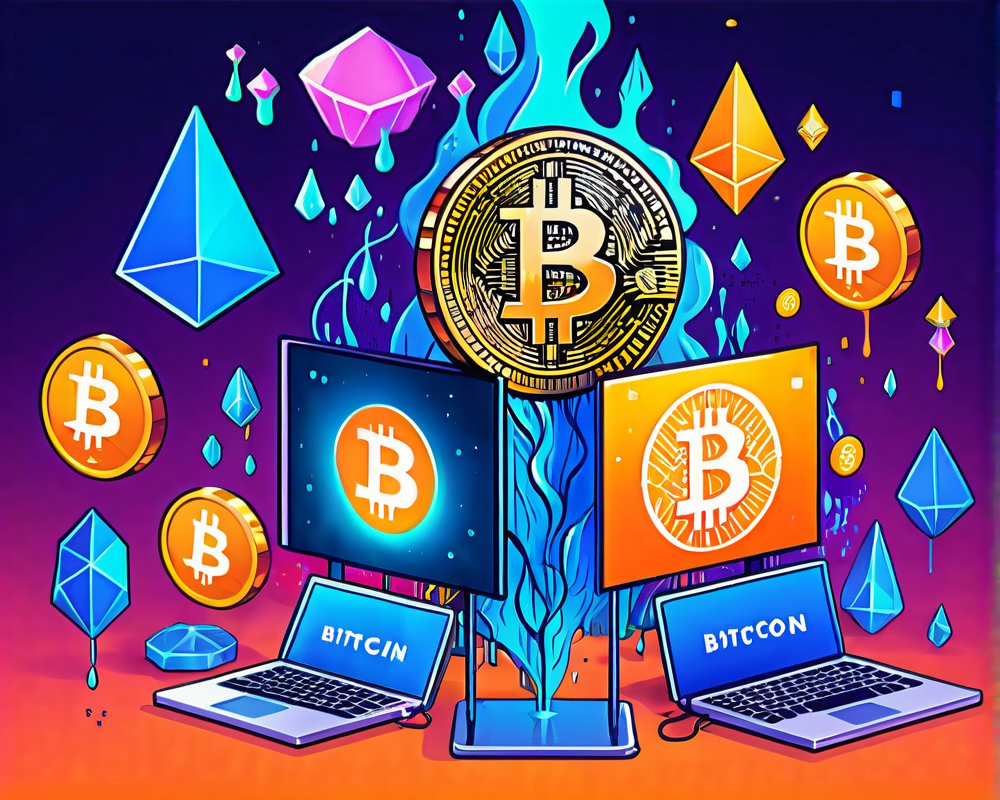The Blockchain Landscape Today
Blockchain technology is the shiny object in the room that everyone wants to touch. With global companies jumping on the distributed ledger bandwagon, we’re seeing some serious upgrades in global payments and supply chain functionality. It’s like replacing your clunky, old flip phone with the newest smartphone—suddenly everything is faster and way more secure. But, hold your horses! Not all blockchain platforms are built the same.
When Good Design Goes Bad
In a world where efficiency is paramount, poor design can turn a promising platform into a slow-motion disaster. Ever tried throwing a party but ended up with too many guests in a tiny room? That’s basically what happens when blockchain networks get clogged with too much traffic. Latency issues pop up quicker than uninvited relatives at Thanksgiving, leaving users feeling frustrated in the process.
Navigating the Data Highway
As of 2019, there are over 20 billion connected devices out there fumbling around for data management. While blockchain was designed to handle transactions, it’s like putting a Ferrari engine into a Pinto—not really a match made in efficiency heaven. As the amount of data grows, so does the pressure on networks, making swift and seamless transactions feel like chasing a mirage.
The Blockchain Trilemma: A Dreaded Dilemma
Welcome to the blockchain trilemma: scalability, decentralization, and security. Developers can only pick two. It’s like creating the ultimate pizza; you can have a thick crust, a lot of toppings, or a spectacular sauce, but not all three without some sacrifices. Instant transaction confirmations are crucial, especially when traditional finance systems already offer quick and efficient solutions. Who wants to wait around for confirmations when you can settle things in a flash?
Innovative Solutions: The Fast Lane to Confirmation
Fortunately, developers are brainstorming brighter ideas than my last DIY home project. Protocol-level improvements like signature aggregation and block proposal pipelining offer near-instant confirmations, bringing the wait time down to just a couple of seconds. Now that’s more like it! Imagine swiping your card in a grocery store and not waiting for the digital cashier to huff and puff over the approval!
Say Hello to Sharding!
If blockchains were a giant bookshelf, sharding would be the strategy of organizing those books into separate sections for quicker access. You get to store data more efficiently while ensuring that transactions are processed in record time. While the effort to tackle blockchain bloat is commendable, not all solutions are ready for their big day on the mainnet stage. It’s still a work in progress, but the end goal is enticing!
Beating the Clock Without Breaking Security
Decreasing block time without lower security is like passing a driving test while trying to parallel park with one eye closed. Sure, you might get lucky occasionally, but do you really want to put your trust in luck? For decentralized apps to thrive, not only do they need quick and seamless experiences, but they also need strong security measures to protect users’ data. Nobody wants to get their digital wallets lightened without consent!
The Road Ahead for Blockchain
As blockchain technology becomes more widely accepted, its performance must match user expectations. Want to build something useful in the world of Web 3.0? You’ll want your DApps to function like a well-oiled machine—quick, responsive, and user-friendly. Something tells me that with continued improvements in protocol designs, the day isn’t too far off when waiting for transactions will become a thing of the past.
This article does not contain investment advice or recommendations. Every investment and trading move involves risk, and readers should conduct their own research when making a decision.




